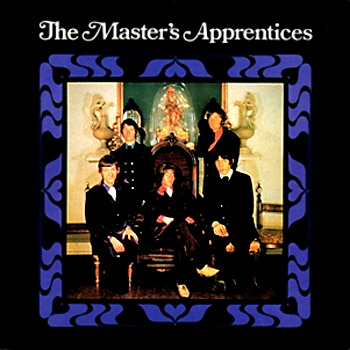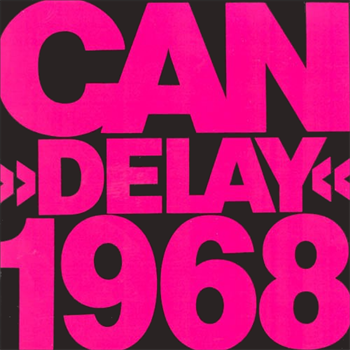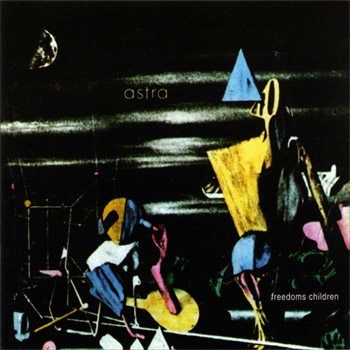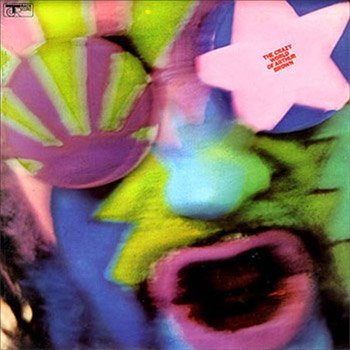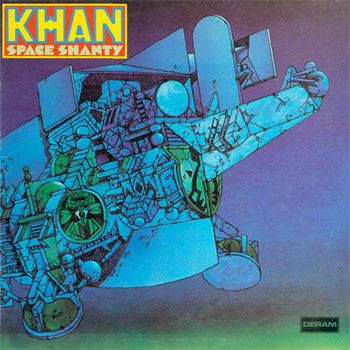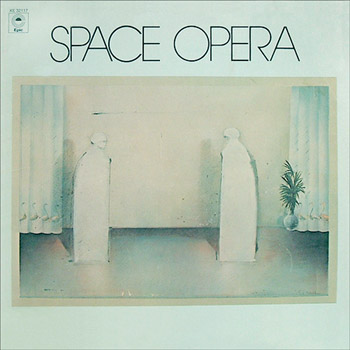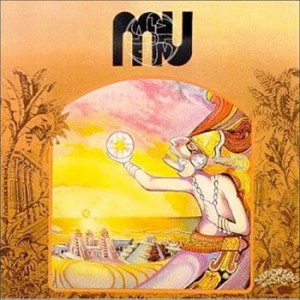R. Stevie Moore “Phonography”
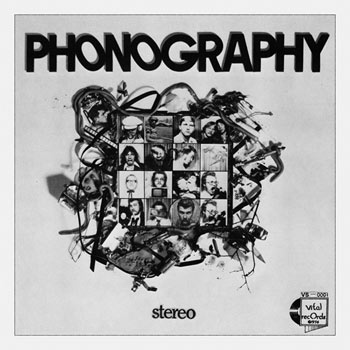
R. Stevie Moore, with hundreds of albums under his belt – most of them home-recordings released on hissy cassette tape and hand-marked CD-R – is an unrecognized genius. Born in Nashville, son to session man and Elvis’s bass player Bob Moore, Robert Steven Moore grew up in the music business. Opting to make it on his own with the reel-to-reel instead of working sessions, his dedication to independent recording has yielded troves of unaffected, wildly original music. He recently told Vanity Fair: “I’ve worked harder than anybody to become rich and famous, but I remain poor and anonymous!”
Phonography was Stevie’s first official long player, recorded from 1973 to 1976 and originally released in 100 copies on the artist’s private Vital Records. Comes with lo-fi, direct input, overloaded electric guitar, a classical approach to warbly analog synth arrangements, hi-pitched erratic vocals, oddball skits that are genuinely funny, and an exceptionally fine gift for pop songcraft. Within a few listens you’ll hear traces of Brian Wilson, The Mothers, Gary Wilson, Daniel Johnston (especially on goofball cuts like “Goodbye Piano”), and Ariel Pink, a big fan who had R. Stevie open up his recent tour.
The opener, “Melbourne,” sets an unexpected stage: an anthemic introduction on an Elka synthesizer. Then Stevie shares a few words about his background whilst taking a piss! The album is schizophrenic, but wonderfully listenable, even through a thick wall of magnetic tape. The beauty is in the fidelity, Moore recognizes what’s special about home recordings, and the record’s flow is engaging rather than plain weird.
Phonography record is finally available on vinyl again, remastered by Sundazed from R. Stevie’s original reels with the restored Vital artwork and insert. Earlier this year a CD version was reissued by Recommended Records in the UK and it’s available on iTunes as well.
Phonography is a record like no other, and merely an introduction to the incredible world of R. Stevie Moore. Find more than you could ever handle at rsteviemoore.com.
“I Want You In My Life”
![]() CD Reissue | 1998 | Flamingo | rsteviemoore.com ]
CD Reissue | 1998 | Flamingo | rsteviemoore.com ]
![]() MP3 Album | download at amzn ]
MP3 Album | download at amzn ]
![]() Spotify link | listen ]
Spotify link | listen ]
